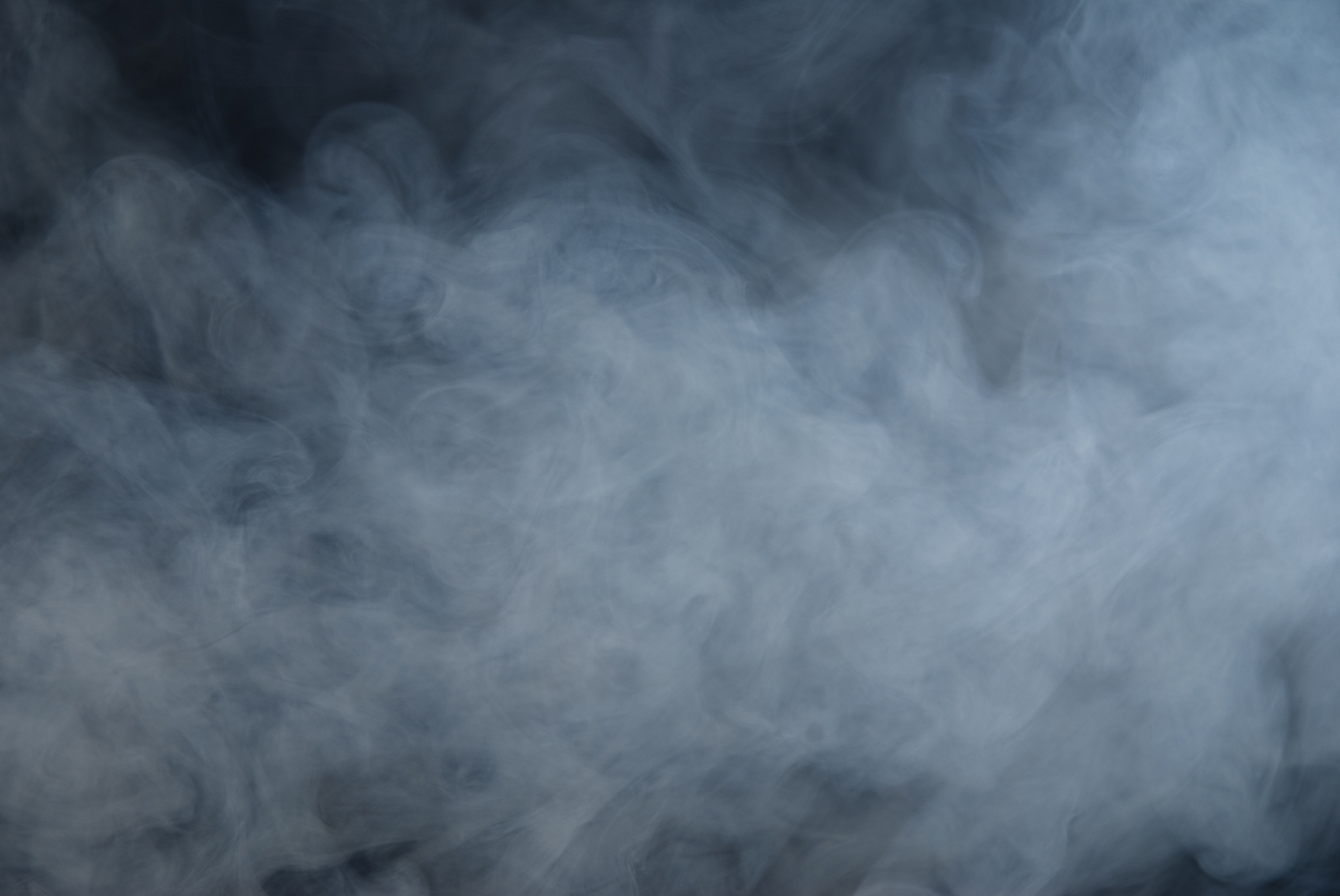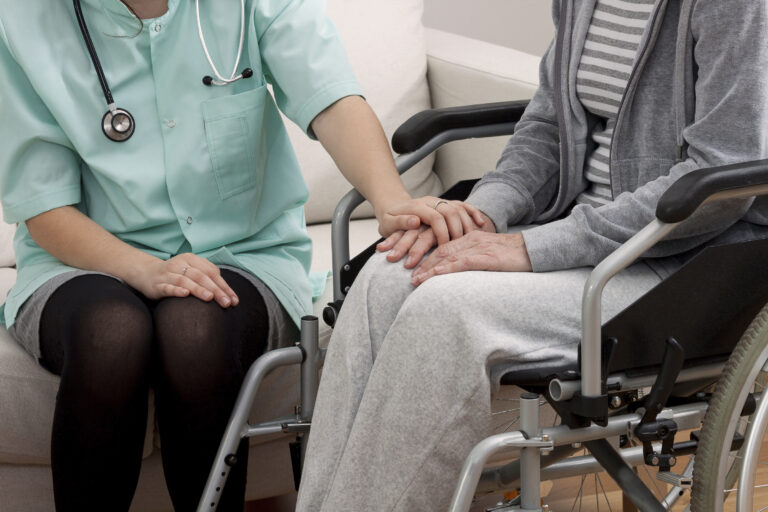In fact, carbon monoxide causes more workplace fatalities than any other toxic substance, except for alcohol. Thousands more suffer the debilitating effects of high-level exposure. Fortunately, there are steps employees and employers can take to prevent carbon monoxide poisoning in the workplace.
Workers at Increased Risk of Carbon Monoxide Poisoning
Employees who work in boiler rooms, warehouses, petroleum refineries, in the paper and steel production FIND MORE LEGAL ARTICLESSEARCHindustries, and near docks and blast furnaces may be exposed to harmful levels of carbon monoxide. The following employees are included:
Carbon-black maker
Customs inspector
Diesel engine operator
Firefighter
Forklift operator
Garage mechanic
Longshore worker
Marine terminal worker
Metal oxide reducer
Organic chemical synthesizer
Police officer
Taxi driver
Toll booth or tunnel attendant
Welder
Symptoms of Carbon Monoxide Exposure
Common symptoms associated with carbon monoxide exposure are similar to those of the flu. However, exposure does not cause a high fever, and symptoms generally subside within a week or two after the worker is away from the building. Depending on the degree of exposure, workers can experience the following symptoms:
Mild exposure can lead to:
High levels of exposure can lead to:
– Impaired mental state
– Behavior changes
– Vertigo
– Breathlessness
– Chest pain
– Loss of coordination
– Seizures
– Tachycardia
– Convulsions
– Loss of consciousness
Workers who experience any of these symptoms should seek immediate medical attention and inform a medical professional that he or she may have been exposed to carbon monoxide. The worker should also notify his or her employer so that a thorough investigation is conducted, and the necessary steps are taken to identify the problem and fix the issue.
Health Effects of Carbon Monoxide Exposure
The effects of short-term exposure to CO are usually temporary, but prolonged, long-term exposure can cause serious health complications, including the following:
Brain damage: Long-term exposure can cause memory problems and difficulty concentrating.
Heart disease: Prolonged exposure can cause coronary heart disease, angina, or heart attack if the worker’s arteries become blocked.
Health risks in unborn babies: Low levels of exposure have not been definitively linked to birth defects, but extreme carbon monoxide poisoning can cause nervous system defects in newborns, low birth weight, behavioral issues, or stillbirth.
Signs that Suggest the Presence of Carbon Monoxide
Because carbon monoxide is colorless and odorless, it is difficult to detect. However, when working with equipment, workers who notice any of the following should report the issue so that it can be inspected as soon as possible:
Gas flames that burn orange or yellow when they should be blue
Soot marks or stains on or above the field-fired appliance
Coal or wood fires that do not stay lit
Increased condensation inside the windows
Fire that is difficult to ignite
Boiler makes a banging or clanking noise
The pilot light on the boiler keeps going out
The chimney or flue is blocked
There is a musty smell
Steps Employers Should Take to Protect Workers
According to the Occupational Safety and Health Administration (OSHA), employers can reduce the risk of carbon monoxide poisoning in the workplace by taking the following steps:
Install ventilation systems that effectively remove toxic gases from the workplace.
Make sure that all equipment is kept in good working order.
Use equipment that is powered by electricity or batteries, rather than gasoline-powered machines.
Provide personal carbon monoxide monitors equipped with audible alarms to all employees who may have been exposed.
Educate workers about the risks of exposure, including equipment and work conditions that can cause carbon monoxide poisoning.
Make sure that workers know how to report suspected cases of carbon monoxide poisoning.
Test the air on a regular basis in areas where carbon monoxide may be present.
Install detectors that have audible alarms. Battery-operated detectors measure the accumulation of carbon monoxide over time. When the levels get too high, the detector sounds an alarm, allowing workers to evacuate or ventilate the area.
What can Employees Do to Prevent Exposure at Work?
There are steps workers can take to reduce the risk of carbon monoxide poisoning, including the following:
If there is a situation that could cause carbon monoxide to accumulate in the workplace, the employee should report the situation to his or her employer as soon as possible.
Workers should be aware of ventilation problems, particularly in enclosed areas where toxic gases may be released.
If an employee becomes dizzy, nauseous, or drowsy, this should be reported to the employer.
Employees who suspect carbon monoxide poisoning should avoid overexertion and leave the contaminated area immediately.
Workers should avoid using gas-powered equipment, particularly in enclosed spaces.
Severe oxygen deficiency, also known as hypoxia, can cause irreversible damage to the brain, heart, lungs, and other vital organs and tissues. If it appears that a worker has been poisoned, the following steps can save his or her life:
Immediately move the victim outdoors so that he or she can breathe in fresh air.
Call 911 to request immediate medical attention.
If the victim is still breathing, emergency responders should administer 100 percent oxygen using a tight-fitting mask.
If the worker is not breathing, emergency responders should administer cardiopulmonary resuscitation (CPR).
Hierarchy of Controls for Carbon Monoxide
Employers often use the hierarchy of controls when a workplace hazard is identified that could pose a safety risk to employees. This is a system that is used to reduce or eliminate exposure to hazards. It includes the following steps:
Elimination: The most effective way to reduce risk is by eliminating the hazard or avoid introducing the hazard in the first place. For example, to avoid exposure from gas-powered engines, employers should stop using that equipment.
Substitution: If it is not possible to eliminate the hazard entirely, the employer may be able to reduce the risk through substitution. Instead of using gas-powered engines, employers can substitute them with electric or battery-powered equipment.
Engineering controls: If the hazard cannot be eliminated or an acceptable substitution be used, engineering controls should be used. These can change the work process or the environment in a way that reduces the hazard or prevents employees from coming in contact with a hazard. An example would be to use an effective ventilation system when workers are in a closed or confined space.
Administrative controls: These include workplace policies, practices, and training that protect workers from hazards. For example, employers should test for toxic materials that can be inhaled by workers and implement consistent air monitoring in areas where carbon monoxide is present. Employees should be removed from the work environment if levels exceed OSHA’s exposure limits.
Personal protective equipment (PPE): If the other steps do not completely remove hazards from the work environment, PPE is used to keep workers safe. Respirators are the most common PPE used for airborne contaminants such as carbon monoxide. Employers provide the respirators, training on how to use them safely and correctly, and medical evaluations at no cost to the employee.
What to Do if an Employee was Exposed in the Workplace?
According to OSHA standards, the limit to carbon monoxide exposure in the workplace is 50 parts per million parts (ppm) of air averaged over eight hours. If a worker is exposed to concentrations over 100 ppm, it is considered a serious violation. Exposure over 500 ppm is considered imminent danger. The National Institute for Occupational Safety and Health (NIOSH) recommends the standard be changed to 35 ppm, and that exposure to anything over 200 ppm should be strictly forbidden. If a worker is exposed to toxic levels of carbon monoxide in the workplace, they should notify their employer immediately, seek medical attention, and contact a Workers’ Compensation lawyer.







